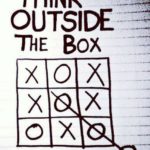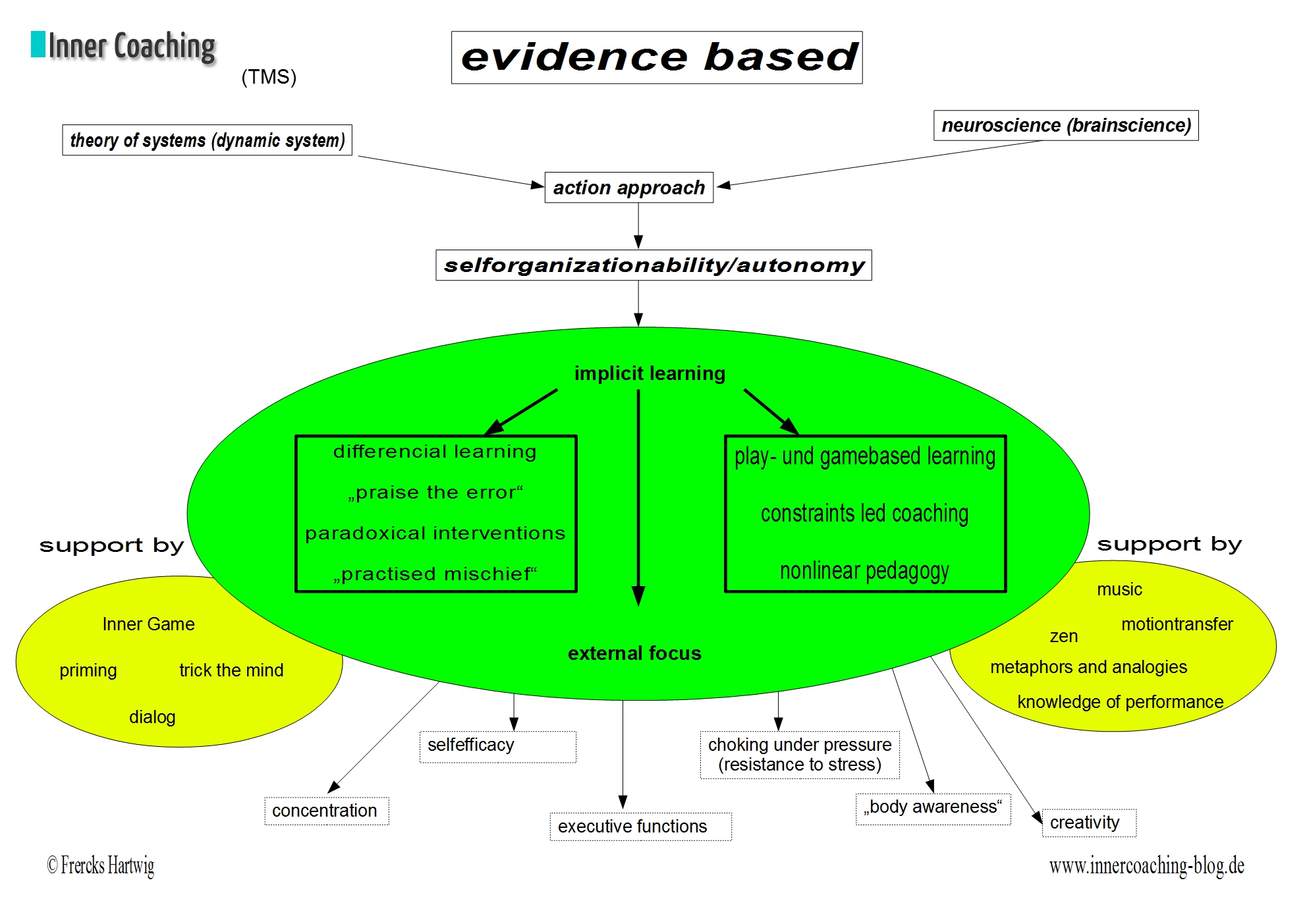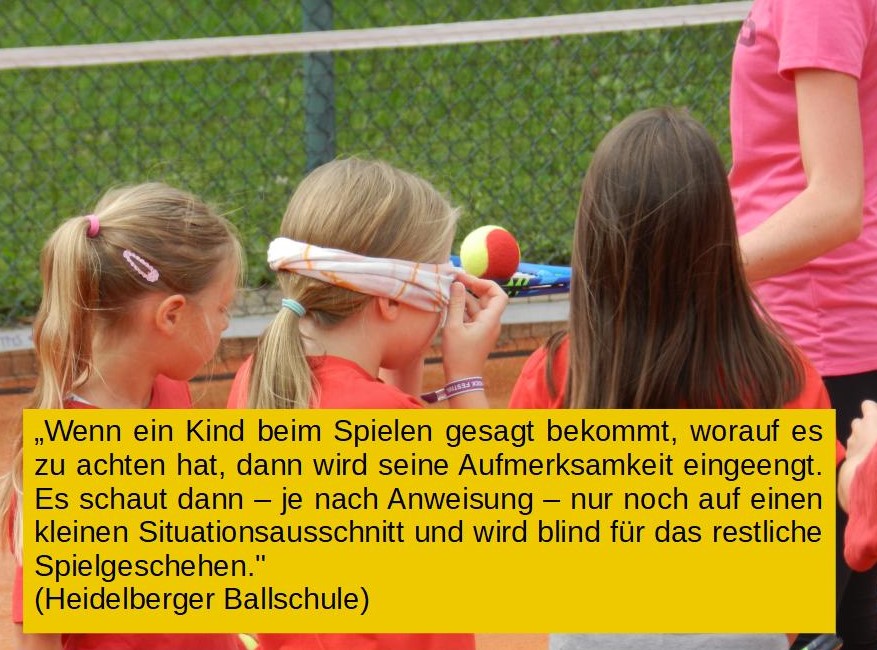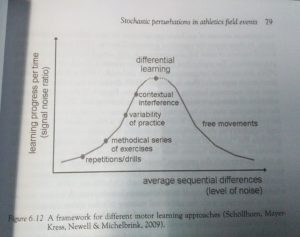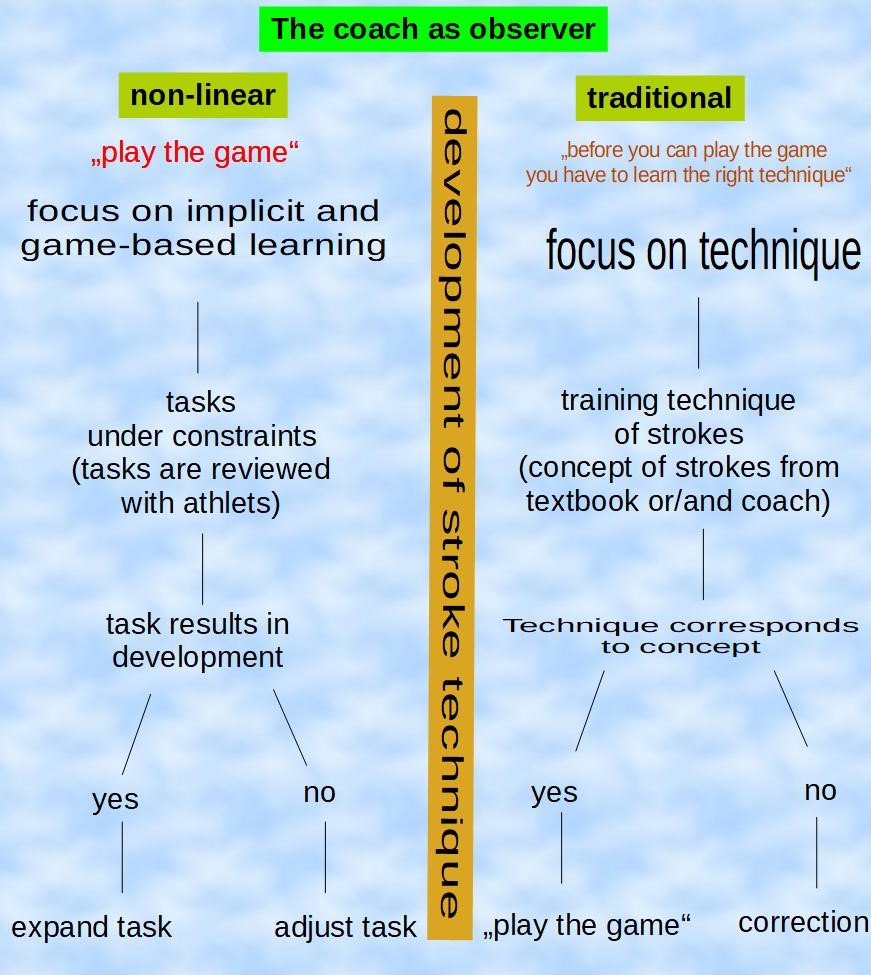
„Für die Phase der Festigung und Automatisation gilt nun das umgekehrte Verfahren: Die Lernhilfen werden zurückgeführt, und bei den häufigen Wiederholungen der ziemlich gleichförmigen Aufgaben und Bewegungsausführungen soll Aufmerksamkeit, die für die Bewegungsausführung gebunden war, frei werden für die Lösung der Spielaufgabe (Präzision und Konstanz der Schläge). Widerspricht dies nicht den früheren Aussagen und den Spielanforderungen im Tennis? Ja und nein. Das wiederholte Überlernen und Üben unter annähernd gleichbleibenden Bedingungen wird von „Spielernaturen“ zwar langweilig empfunden und repräsentiert die Spielaufgaben auch nur in geringen Anteilen, aber es festigt bei richtiger Durchführung auch die technischen Strukturmerkmale und liefert so die Bewegungswerkzeuge für die Lösung der Spielaufgaben.“
(DTB Online Campus 12-2017, Technische Fertigkeiten)
Der DTB Online Campus ist der aktuelle „Lehrplan“ des Deutschen Tennisbunds an dem sich die Ausbildung der Trainer*innen in den Verbänden orientiert. Nachdem ich mich hier schon mit den „alten“ Lehrplänen beschäftigt habe, ist nun auch ein Blick in den Campus interessant. Natürlich stellt sich die Frage, inwieweit dieser einer evidenz-basierten Vorgehensweise folgt oder wie weit er sich am methodischen Traditionalismus orientiert.
Wenn wir der Sportmotorikforschung und der aktuellen Lernpsychologie folgen, dann ist ein differenziell-implizites Lernen erfolgversprechender als die traditionelle Technikorientierung. Aufgabe des Coaches ist es, gemeinsam mit den Spieler*innen Einschränkungen und Rahmenbedingungen zu entwickeln, die es den Spieler*innen ermöglichen, eine angemessene und ziel- und handlungsorientierte Technik selbstgesteuert zu entwickeln. Diese Einschränkungen werden in das Training eingebaut und ständig variiert.
Auch im differenziell-impliziten Lernen ist selbstverständlich eine „gute Technik“ wichtig. Der Unterschied zur traditionellen Methodik besteht u.a. darin, dass es im differenziell-impliziten Tennis-spielen-Lernen um eine individuelle und selbstgesteuerte Technikentwicklung und weniger um die Vermittlung einer „Idealtechnik“ geht.
Ein Training unter „gleichbleibenden Bedingungen“, wie es im Campus steht, macht in einer differenziell-impliziten Vorgehensweise wenig Sinn, da sich eine stabile und effektive Technik am besten mittels Differenzen und Schwankungen entwickelt. „Gleichbleibende Bedingungen“ entsprechen nicht den Anforderungen, die eine Spielsituation an die Flexibilität und Kreativität von Spieler*innen stellt. Wenn wir der (nachweisbaren) Vorstellung folgen, dass „kein Ball wie der andere ist“, dann ist ein Einschleifen einer Technik, wie sie im Campus empfohlen wird, wenig hilfreich (im Fußball wurde nachgemessen, dass es eine sechsstellige Zahl von Wiederholungen braucht, um zwei identische Ballstöße zu identifizieren).
Online Campus weiterlesen →
